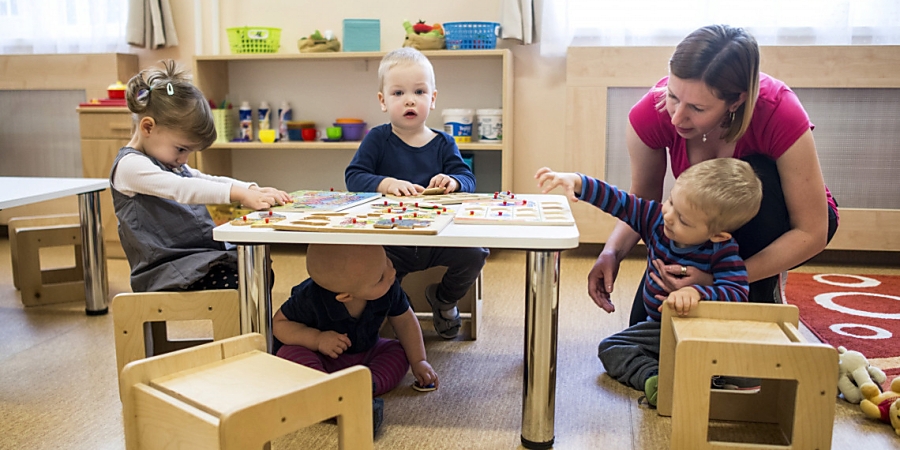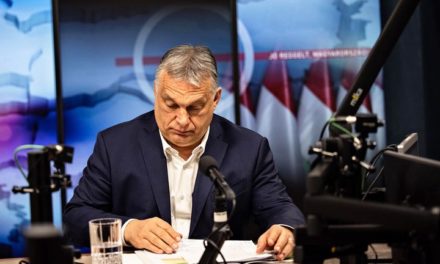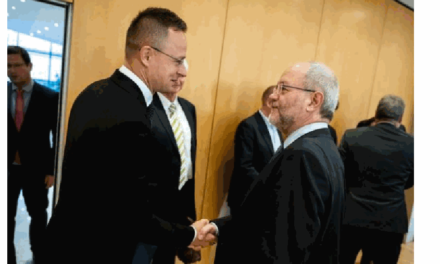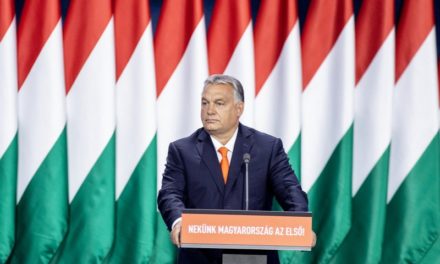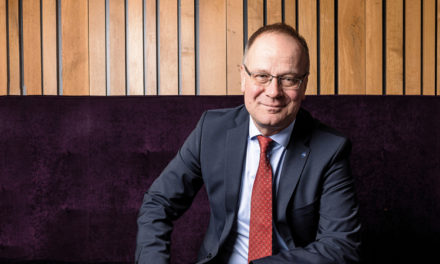Compared to 2010, crèches in Hungary now operate in three times as many settlements, and they provide twice as many places, said the deputy state secretary for family affairs of the Ministry of Culture and Innovation on Sunday in Fényeslitké, Szabolcs-Szatmár-Bereg County, where he handed over a new crèche.
Attila Beneda added that family, mini and workplace crèches have been built in addition to traditional crèches for the past five years. All four types of nursery schools were opened in the region, there is a possibility - noted the state secretary.
Today, four out of five expected children are born, while in 2010 it was only three out of five - emphasized the Deputy State Secretary, adding that the government helps parents decide freely whether to go back to work.
It is important that families can place their children in a safe and, if possible, environment that serves the children's development, he emphasized.
Attila Beneda put it this way: "Strengthening families leads to the strengthening of the nation, and with the strengthening of the nation, there is a chance not only to overcome the current crisis period, but also to prosper."
Tibor Papp, the head of the Diocese of Nyíregyháza, thanked the parents for their trust in his festive greeting, and emphasized the importance that children can "grow into life" in a religious environment, in an institution maintained by the Greek Catholic Church, so that, in his opinion, they can be useful citizens of the whole world.
In his celebratory speech, Miklós Sesták, the KDNPS member of parliament of the region, said that the government program, which has been implemented since 2010, tries to help ensure that not only high school, but also kindergarten and nursery school experiences are decisive in people's lives.
Parish priest Csaba Máté thanked the contractors, the government and everyone else who worked so that the nursery school could be built. In response to MTI's question, he said: the Greek Catholic Work Nursery of Szent Miklós Bárkája in Bánoslitke could be built with a HUF 72 million subsidy from the government and almost the same amount from the Greek Catholic church community's own resources. The 270-square-meter facility, which relies on renewable energy sources, accommodates 24 children in three groups.
MTI
Photo: MTI/János Marjai

